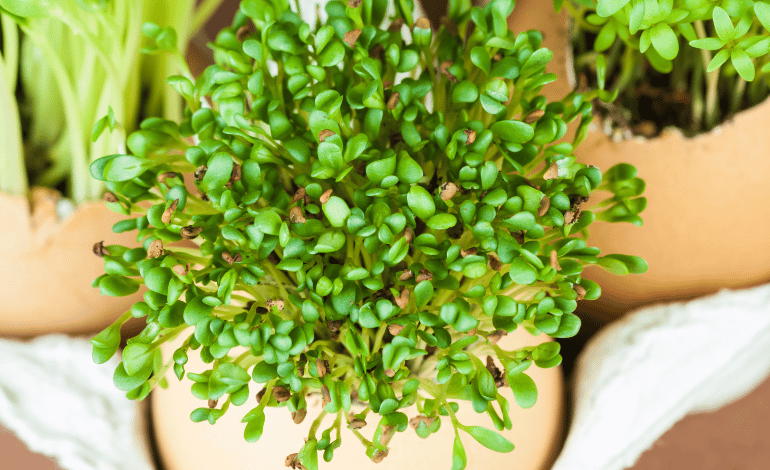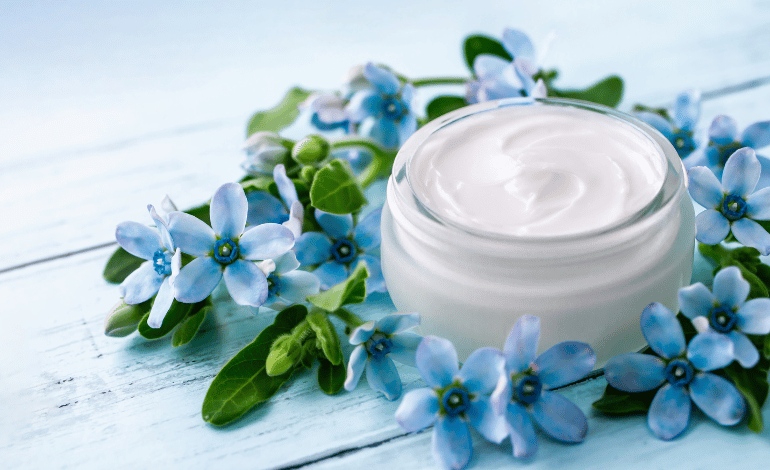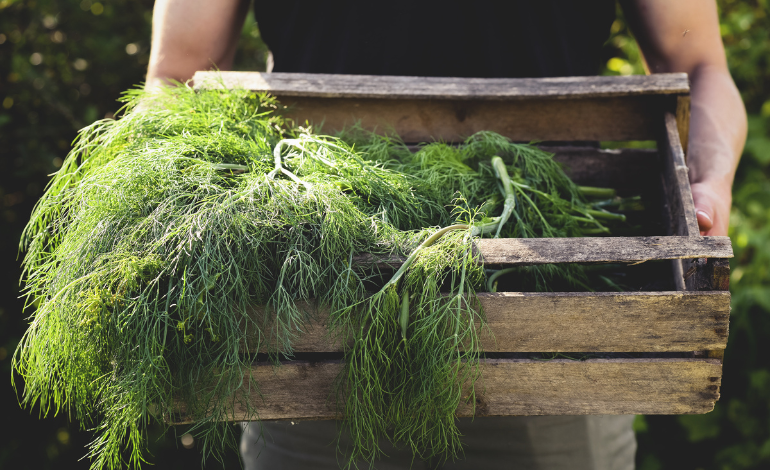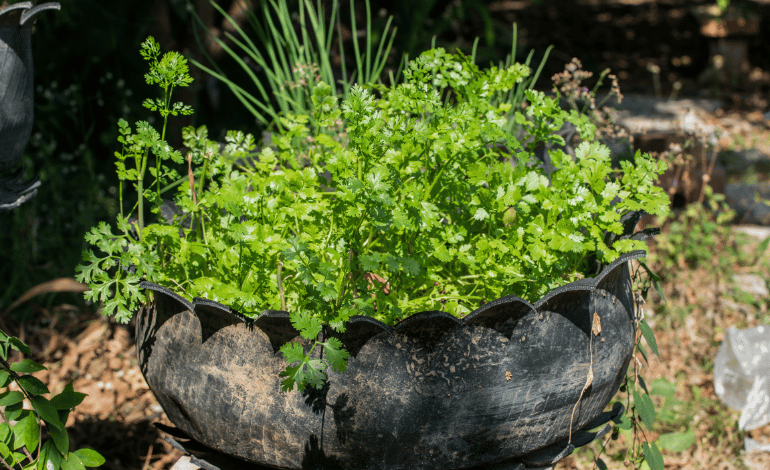Growing Fenugreek In Your Kitchen Garden

Have you ever considered growing fenugreek in your kitchen garden? Fenugreek, also known as “methi,” is a versatile and nutritious herb that can be easily cultivated in small spaces. Not only does it add a unique flavor to your culinary creations, but it also offers several health benefits. In this article, we will explore the process of growing fenugreek step by step, from choosing the right variety to harvesting and storage. So let’s dive in and discover how you can enjoy fresh fenugreek right from your own garden.
Introduction
Fenugreek is an annual herb that belongs to the Fabaceae family. It is native to the Mediterranean region but is now cultivated worldwide. The plant features small, clover-like leaves and produces clusters of yellow or white flowers, followed by slender pods containing the seeds. Fenugreek leaves and seeds are commonly used in various cuisines, and they also possess medicinal properties.
Benefits of Growing Fenugreek
Before we delve into the specifics of growing fenugreek, let’s take a moment to explore some of the benefits it offers. Firstly, fenugreek is a rich source of vitamins and minerals, including iron, magnesium, and vitamin B6. Incorporating fenugreek into your diet can help boost your immune system and improve digestion. Additionally, fenugreek has been used in traditional medicine to promote lactation, regulate blood sugar levels, and reduce inflammation.
Choosing the Right Variety
When it comes to growing fenugreek, selecting the appropriate variety is crucial. There are several types of fenugreek available, each with its unique characteristics. Some varieties are better suited for leaf production, while others are more focused on seed production. Consider your preferences and the purpose of cultivation before making a choice.
Soil Preparation
Fenugreek thrives in well-draining soil with a pH level ranging from 6.0 to 7.0. Prepare the soil by removing any weeds and debris. Loosen the soil using a garden fork or tiller, ensuring it is well-aerated. Incorporate organic matter, such as compost or well-rotted manure, to improve soil fertility and moisture retention.
Planting Fenugreek Seeds
Fenugreek can be grown from seeds, which are easily available at gardening stores or online. Soak the seeds overnight to enhance germination. Choose a sunny spot in your kitchen garden and sow the seeds about half an inch deep. Space the seeds at least two inches apart to allow adequate room for growth. Water the soil gently after sowing.
Watering and Fertilizing
Fenugreek plants require regular watering to keep the soil moist. However, be careful not to overwater as it can lead to root rot. Aim to water the plants evenly, ensuring the soil doesn’t dry out completely between watering sessions. Additionally, fertilize the plants with a balanced organic fertilizer every few weeks to promote healthy growth.
Managing Pests and Diseases
While fenugreek is relatively resistant to pests and diseases, it may occasionally face issues such as aphids or powdery mildew. Monitor your plants regularly and take appropriate measures if any problems arise. You can use organic insecticides or natural remedies to control pests and maintain the health of your fenugreek plants.
Harvesting and Storage
Fenugreek leaves can be harvested as soon as they reach a desirable size, typically around three to four weeks after sowing. Snip off the leaves with scissors or pinch them gently from the stem. For seed production, allow the pods to dry on the plant. Harvest the pods once they turn yellow and start to split open. Store the harvested fenugreek leaves or seeds in a cool, dry place in airtight containers to preserve their flavor and aroma.
Culinary Uses
Fresh fenugreek leaves have a distinct, slightly bitter taste that adds depth to many dishes. They are commonly used in Indian, Middle Eastern, and Mediterranean cuisines. Fenugreek seeds, on the other hand, have a more intense flavor and are often used in spice blends or ground into a powder. Experiment with fenugreek by incorporating it into curries, stews, bread, or even sprouting the seeds for a nutritious addition to salads.
Health Benefits

Apart from its culinary applications, fenugreek offers numerous health benefits. The high fiber content aids in digestion and helps regulate blood sugar levels. Fenugreek also contains compounds that may help reduce cholesterol levels, promote weight loss, and alleviate menstrual discomfort. It is important to note that if you have any underlying health conditions or are on medication, it’s best to consult with a healthcare professional before incorporating fenugreek into your diet.
Frequently Asked Questions
Q1. Can I grow fenugreek indoors?
Ans. Yes, fenugreek can be grown indoors, provided it receives adequate sunlight or artificial grow lights.
Q2. How long does it take for fenugreek to germinate?
Ans. Fenugreek seeds usually germinate within 5 to 7 days, depending on the growing conditions.
Q3. Can I save fenugreek seeds for the next planting season?
Ans. Absolutely! Allow the seeds to fully mature and dry on the plant. Collect them and store in a cool, dry place for future use.
Q4. Can I freeze fenugreek leaves for later use?
Ans. Yes, you can freeze fenugreek leaves by washing and drying them thoroughly before placing them in airtight freezer bags.
Q5. Can fenugreek be used topically for skin or hair care?
Ans. Fenugreek has been traditionally used for various beauty applications. You can prepare a fenugreek paste or oil infusion to nourish your skin and hair.
Conclusion
Growing fenugreek in your kitchen garden is a rewarding experience that allows you to enjoy fresh, aromatic leaves and seeds throughout the year. With proper care and attention, you can cultivate this versatile herb and incorporate it into your favorite dishes. So why not give fenugreek a try and enhance the flavors and health benefits of your home-cooked meals?








